Alla Ilchun was the first ‘Eastern star’ of Paris in the 1940s-60s. This remarkable story weaves together elements of the cities of Almaty and Harbin, the fate of White emigration and the era of Christian Dior’s New Look collection, glamor, and the resistance movement in an intricate pattern much like a Kazakh syrmak.
She was often called Russian, sometimes Chinese or Manchu, but the fact is that Alla Ilchun's father was Kazakh and was born in the city of Verny (Almaty) in 1897. In French documents, he was recorded as Eugène, like the Russian ‘Evgeny’, but Alla herself called him Guanhal, which in Kazakh might sound like ‘Quantqan’ (meaning ‘the one that makes you happy’). It has been suggested that the surname ‘Ilchun’ should be pronounced as ‘Yelshyn’ in Kazakh, and there is also the possibility that this surname is connected to the Alshyn clan, making his Kazakh heritage unmistakable. Guanhal, however, seemed to belong to a wealthy noble family as he received a good education related to the railway industry. At that time, only very affluent Kazakh families could afford such training. Thanks to his background, Guanhal ended up in Chinese Harbin working on the construction of the Chinese Eastern Railway.
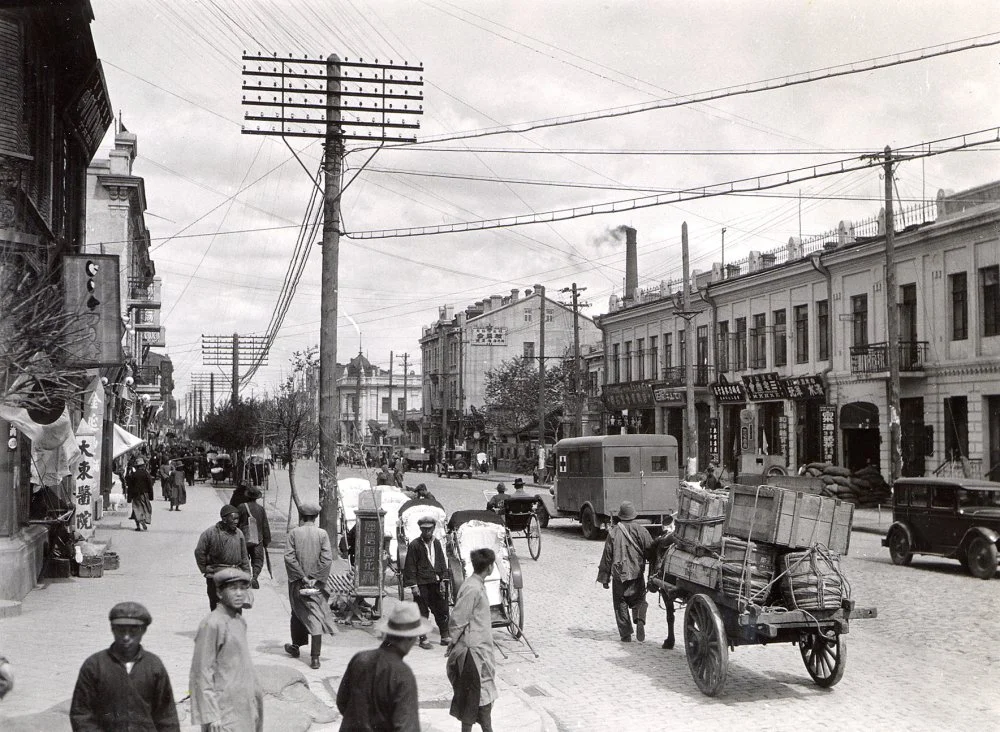
Kitajskaya street in Harbin circa 1932 in China/Asahi Shimbun/Getty Images
It was here that he met his future wife, sixteen-year-old Tamara Mikhailova, who was from an aristocratic family in St. Petersburg. Like many refugees from Soviet Russia, she ended up being exiled to Harbin in the 1920s. In fact, in those years, Harbin was the largest ‘Russian’ city outside Russia. It had a population of up to 100,000 emigrants and was home to twenty-six churches and Russian schools and other active institutions of higher education.
Alla, Guanhal and Tamara's daughter, was born on 10 December 1926. She grew up in the patriarchal atmosphere of old Russia, which had somehow miraculously survived in Harbin. As was customary in her social circle in the former empire, Alla studied ballet and spoke Russian, French, Italian, and English fluently. Meanwhile, Tamara became a soprano, and even performed at the Harbin Opera, but she also earned a degree in dentistry in 1932. It is likely that the arts could not provide much financial stability in Harbin, oversaturated as it was with Russian stars of various talents. But in 1935, the Russian way of life ended. Harbin was occupied by Japan, prompting the White emigration to embark on a journey across the world.
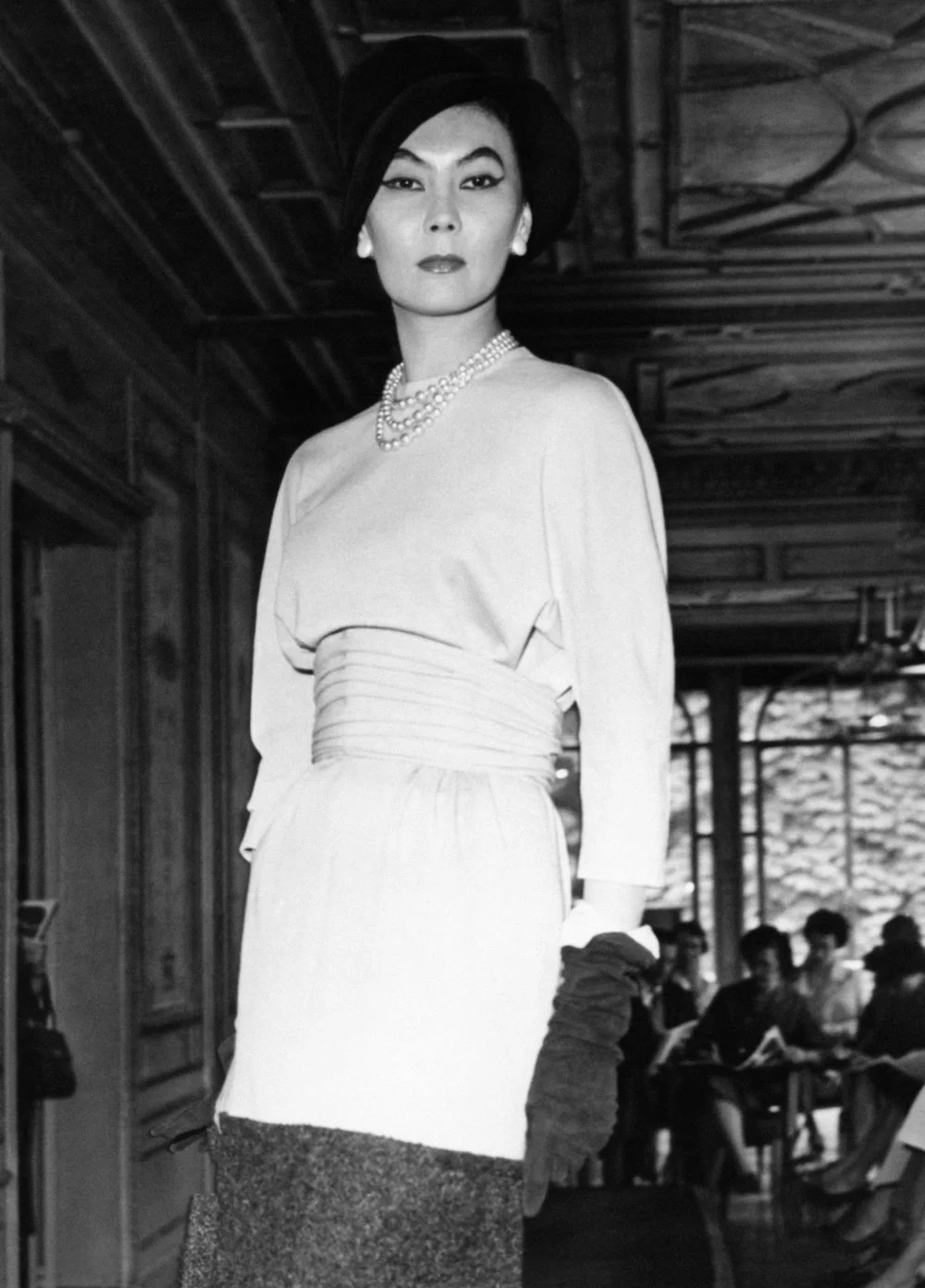
Alla wearing a tunic of yellow wool tightened at the waist by a wide belt, in Paris, France, on May 28, 1958./Gamma-Rapho/Getty Images
Initially, Guanhal and his family moved to Shanghai. From there, Tamara and Alla took a steamer to Paris, while Guanhal stayed behind to help other refugees find their feet in other places. Unfortunately, they would never see each other again, and what happened to the father of one of Paris's most famous models remains unknown. In those years, Shanghai was nothing like the shining bastion of modern Chinese capitalism it is today. It was a dirty and lawless port city, full of refugees and adventurers of all kinds. Tamara and Alla left Shanghai just in time because by 1937, Japan had stopped sending steamships from China.
In Paris, life was very difficult for Tamara and the ten-year-old Alla. The family had no friends, and a dentist's diploma acquired in Harbin found no takers in Paris. However, selling off family jewelry and Tamara's vocal skills proved useful. She enrolled in the Russian conservatory named after Rachmaninoff and soon became a fairly popular artist in Russian émigré circles. As for Alla, like many from other émigré families, she became part of the French Resistance during the Second World War and even participated in combat. During those difficult years, she likely also had to work as a waitress and a secretary. She had already auditioned successfully to dance at Lido, the famous Parisian cabaret, but an incredible incident drastically changed the life of the twenty-one-year-old woman.
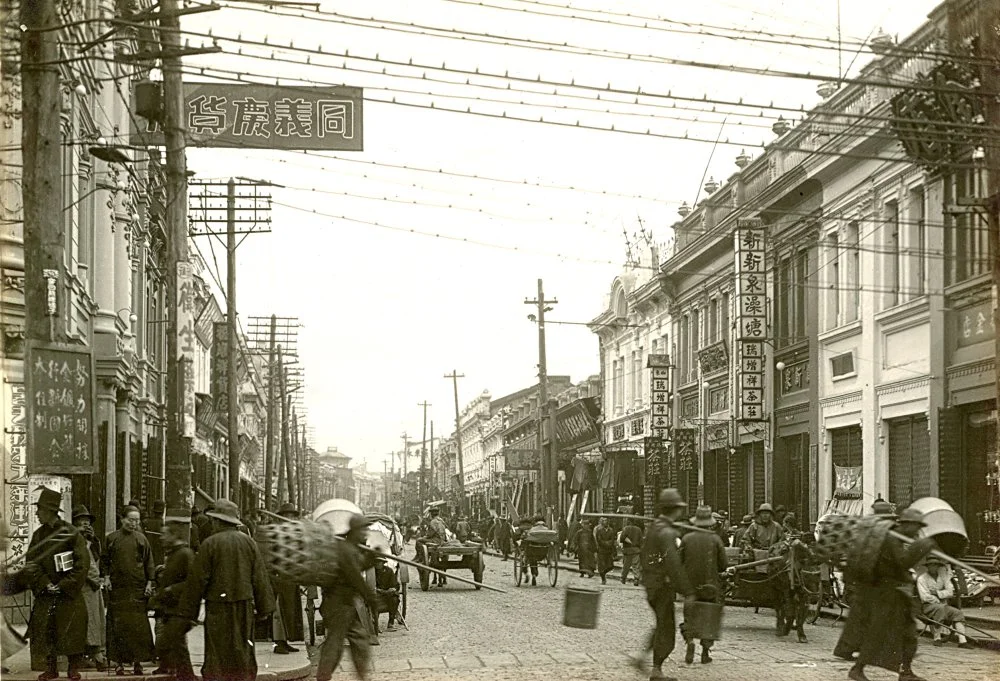
Harbin, China,ca. 1920 /Raimund Franken/Getty Images
In 1947, she went to an audition at the newly established House of Dior to support a friend. At that time, she had not even considered a career as a model. However, Christian Dior himself noticed Alla and offered her a contract. Dior was attracted by the girl's Asian features: high cheekbones, almond-shaped eyes, and arched eyebrows. All these gave Alla an exotic novelty and a certain otherworldliness. Her elegant waist, feminine bust, and sculpted figure embodied Dior's main idea of the new look: the war-weary world longed for a return to femininity, delicacy, and elegance. She was described as ‘an exotic flower, an exotic fruit’, as well as ‘serene, mysterious, smiling, unapproachable’, and ‘as flexible and graceful as a vine’.
Through the vagaries of fate and history, the daughter of a Kazakh railway worker became the first in a series of Asian ‘goddesses’ who would conquer Paris only a decade later in the late 1950s. In 1947, however, choosing Alla for a collection was still a bold move. Colonial empires ruled the world, and the ‘superiority of the white race’ seemed natural. But the great couturier was a pioneer in every sense of the word and was able to foresee the growing demand for diversity and equality in a rapidly globalizing world.
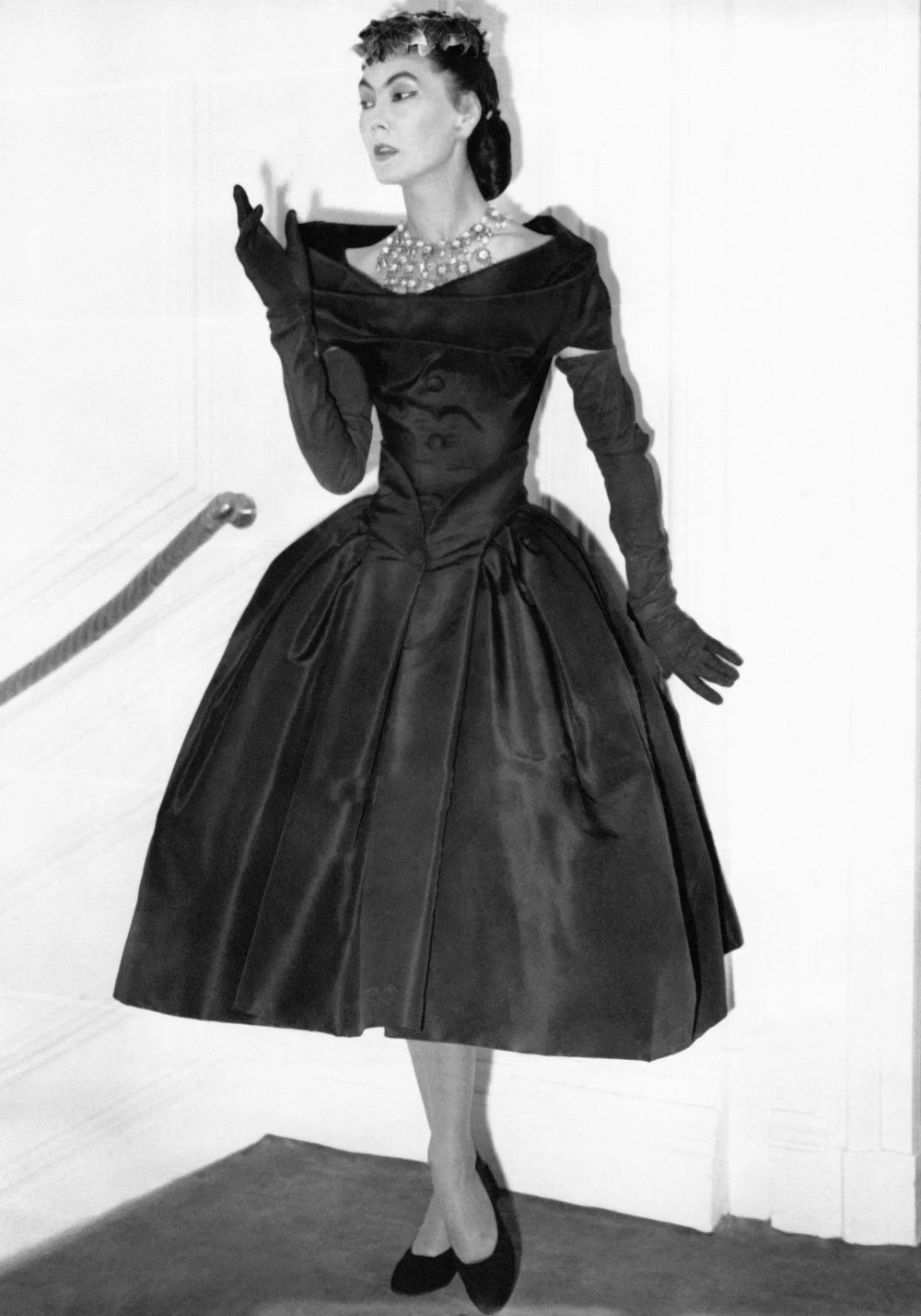
Alla. Autumn collection of Christian Dior. Paris 1955./Getty Images
While talking about his muse, Dior said: ‘Alla, with her mysterious Eastern features, has an absolutely European figure, which she obviously inherited from her Russian mother. Therefore, any fashionista who sees a dress on Alla and likes it can be confident that it will fit her as well.’ Indeed, the dresses Alla wore were also worn by her friend Princess Margaret, the sister of Queen Elizabeth II of the United Kingdom, and the great actress Elizabeth Taylor.
Dior confessed that it was Alla who was the ideal showcase for the best outfits in his collections. She ‘always paraded with an unflappable and detached look’. Fashion historian Alexander Vasiliev noted, ‘Alla was undoubtedly a trailblazer. Her slanted eyes not only captivated but also inspired millions of women to elongate their eye shape by drawing eyeliner wings, a trend that became fashionable in the 1950s.’
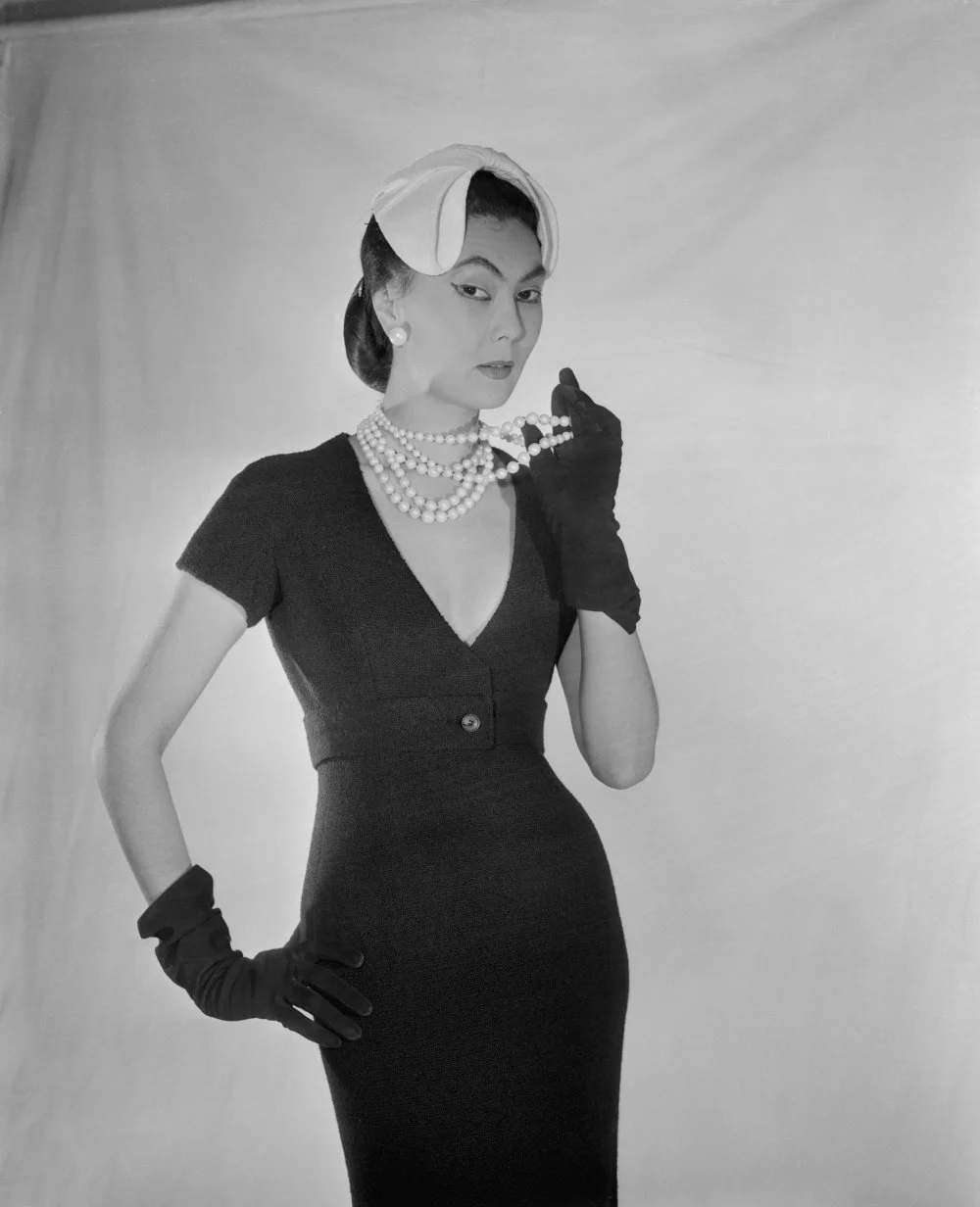
Alla, chief mannequin at Dior/Getty Images
Soon, Alla Ilchun became an international sensation. American newspapers wrote about her with interest, and by 1949, she was participating in shows for Macy’s, the American department store in New York. Since then, Alla has been a frequent guest at shows in the USA and a favorite of the local public, though she spoke about them with regal disdain: ‘American men are incredibly boring. The women wear tight corsets and silicone breast inserts, and they walk like football players … Monsieur Dior would never tolerate that in France. He has particular views. He prefers natural beauty.’ These words speak to Alla's boldness and even audacity, but also to her perceptiveness and spontaneity, qualities that are rare among today's models, who are often dominated and depersonalized by marketing tactics.
It is clear that the ‘Eastern goddess’ or the ‘Asian pearl’ was forgiven for such remarks back then. The world wanted to change and had not yet learned to take offense at everything. Alla became a regular at many social events, participating in fashion shows in Venice, Florence, London, South America, Stockholm, Helsinki, Lisbon, North Africa, Scotland, Japan, and Los Angeles. She also posed for famous photographers like Richard Avedon.
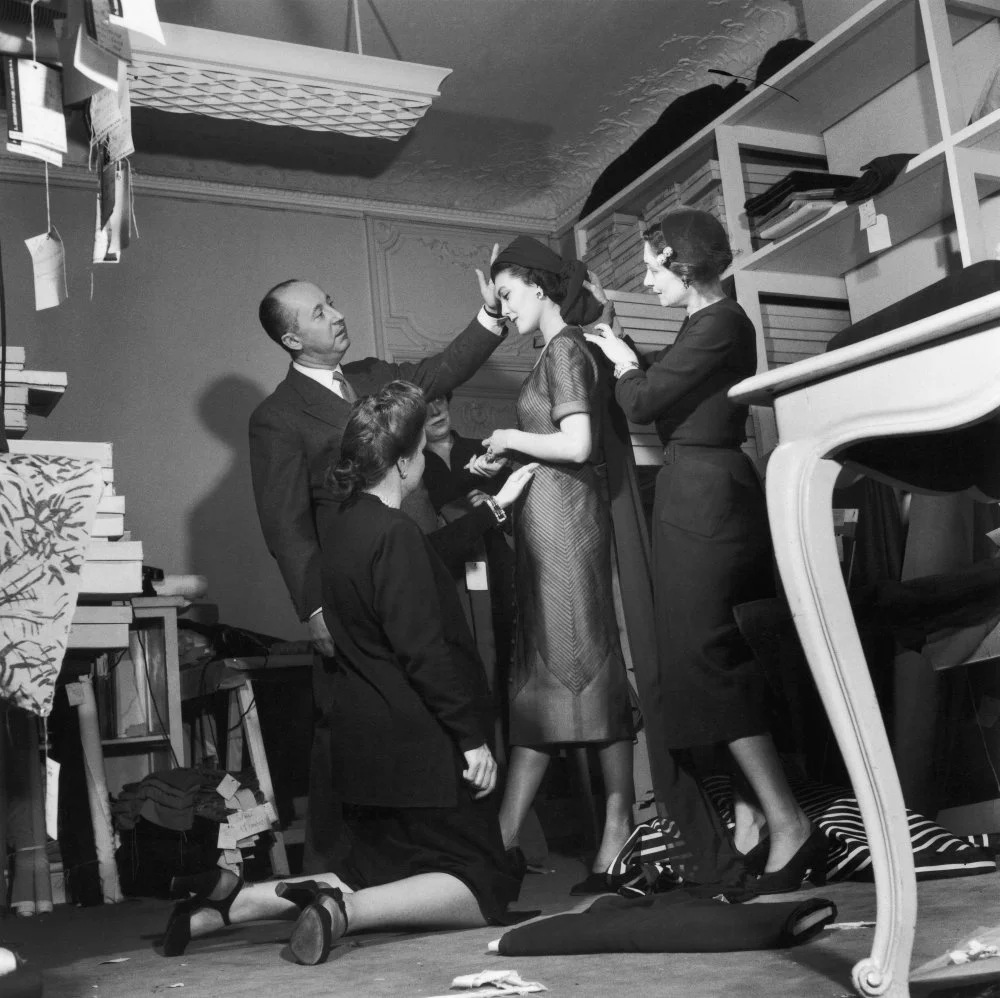
Christian Dior, While A Trying On With The Model Alla./Jean-Philippe Charbonnier/Getty Images
In 1957, Christian Dior died suddenly, but Alla remained a model for his house both under Yves Saint Laurent and Marc Bohan, his successor. The life of a model in those days was somewhat different from today. Alla belonged to the set known as ‘cabine’ models. These were regular staff members in each fashion house who participated in fashion shows several times a day for distinguished clients right in the house's salon. Such models were required to speak several foreign languages, and this is where Alla's traditional aristocratic upbringing came in handy. Large fashion shows could last several hours (as opposed to the ten to twenty minutes today), and fatigue, extreme exhaustion, and a ravenous appetite were common companions in this demanding profession.
However, of course, some compensation for all such inconveniences was the adoration of men, and Alla understood them quite well. For example, she once said, ‘American men are so honest and straightforward that dealing with them is not interesting at all ... The French, on the contrary, are terrible. You can't trust them. They are hypocritical and ambiguous, but that’s what makes them interesting. They know how to lie impeccably ... But the worst are the Italians, and they are the most interesting. They absolutely cannot tell the truth. They live solely for romance and create incredible stories about themselves.’
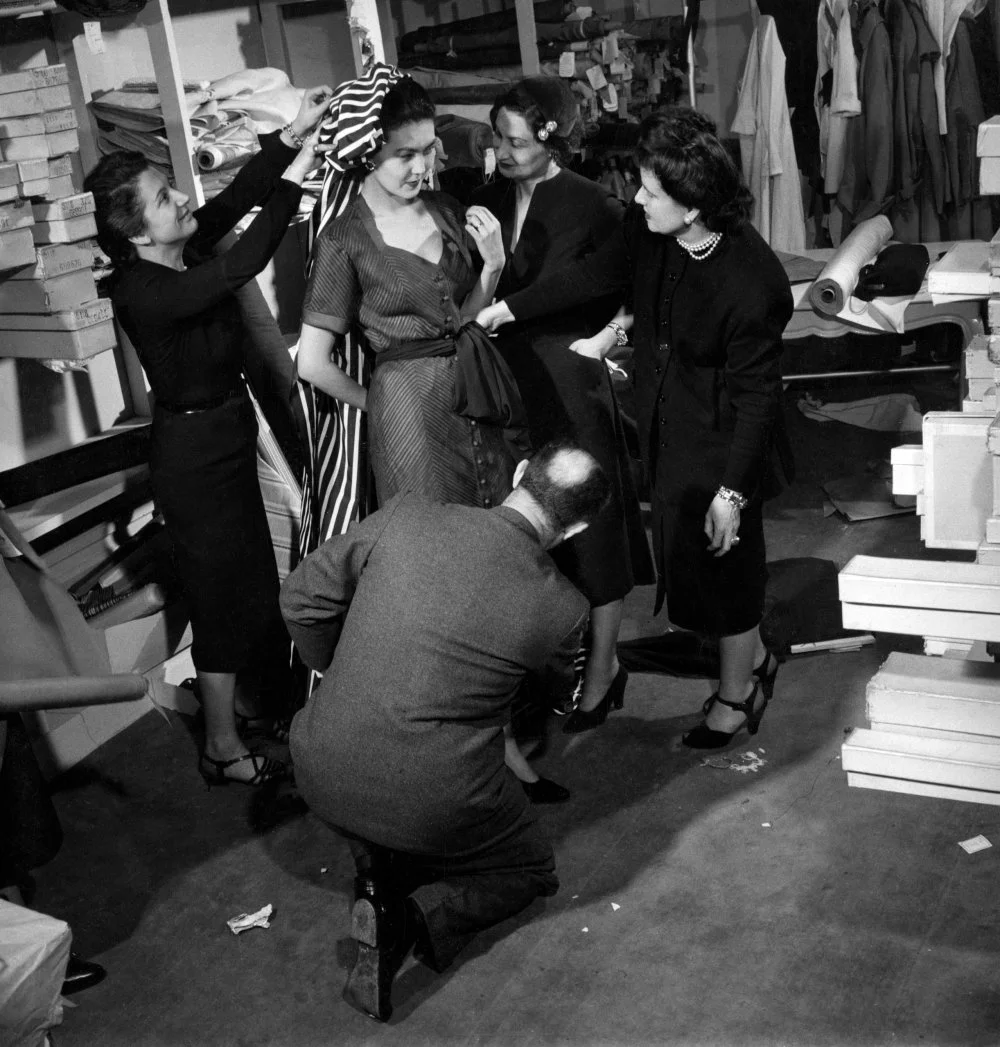
Christian Dior surrounded by Madame Marguerite, his workshop manager, the model and his muse Alla and Mizza Bricard is preparing a new collection, in 1950./Jean-Philippe CHARBONNIER/Getty Images
As she was beginning her career with Dior, Alla met photographer Robert Capa, one of the founders of Magnum, the world's first photo agency. Their relationship was perhaps the most passionate of Alla's life, but the couple, each deeply engrossed in their own work, was destined to part ways. In 1953, Alla married Mieczysław de Dylmen, a Polish aristocrat and photographer, with whom she had a son, Mark, who is still alive, in 1956. However, the marriage was short-lived. In 1980, when she was older, she married Igor Mukhin, a descendant of White émigrés and a former ballet dancer. But shortly before Alla's death, this marriage also fell apart. Clearly, success with men does not always guarantee serene happiness.
Dior's muse passed away on 6 March 1989. She was buried at the Parisian cemetery Cimetière Parisien d’Ivry. Many years later, her remarkable story was revealed to the world by Alexander Vasiliev and Berlin Irishev, the president of the Association of Kazakhs in France.
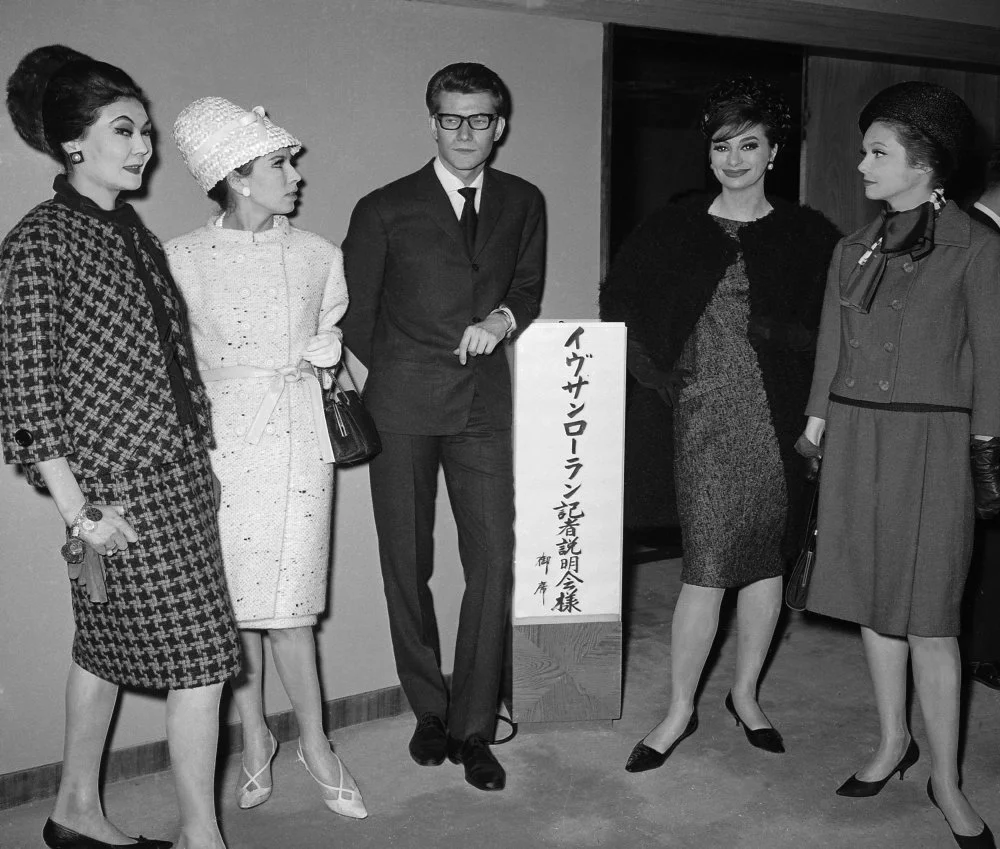
JAPAN - APRIL 01: Tokyo. The French fashion designer Yves SAINT LAURENT is presenting his latest creations at Okura hotel. From left to right : the model Alla Ilitchoun de DULMEN, the artistic director and model Victoire THEROND, the fashion designer Yves SAINT LAURENT, the British models Christine TIDMARSH and Paule of MARINDOL. /Getty Images
WHAT TO READ:
Vasiliev, Alexander. 2000. Beauty in Exile. Moscow.
Irishev, Berlin. 2019. The Story of Alla Ilchun. Paris/Almaty.
